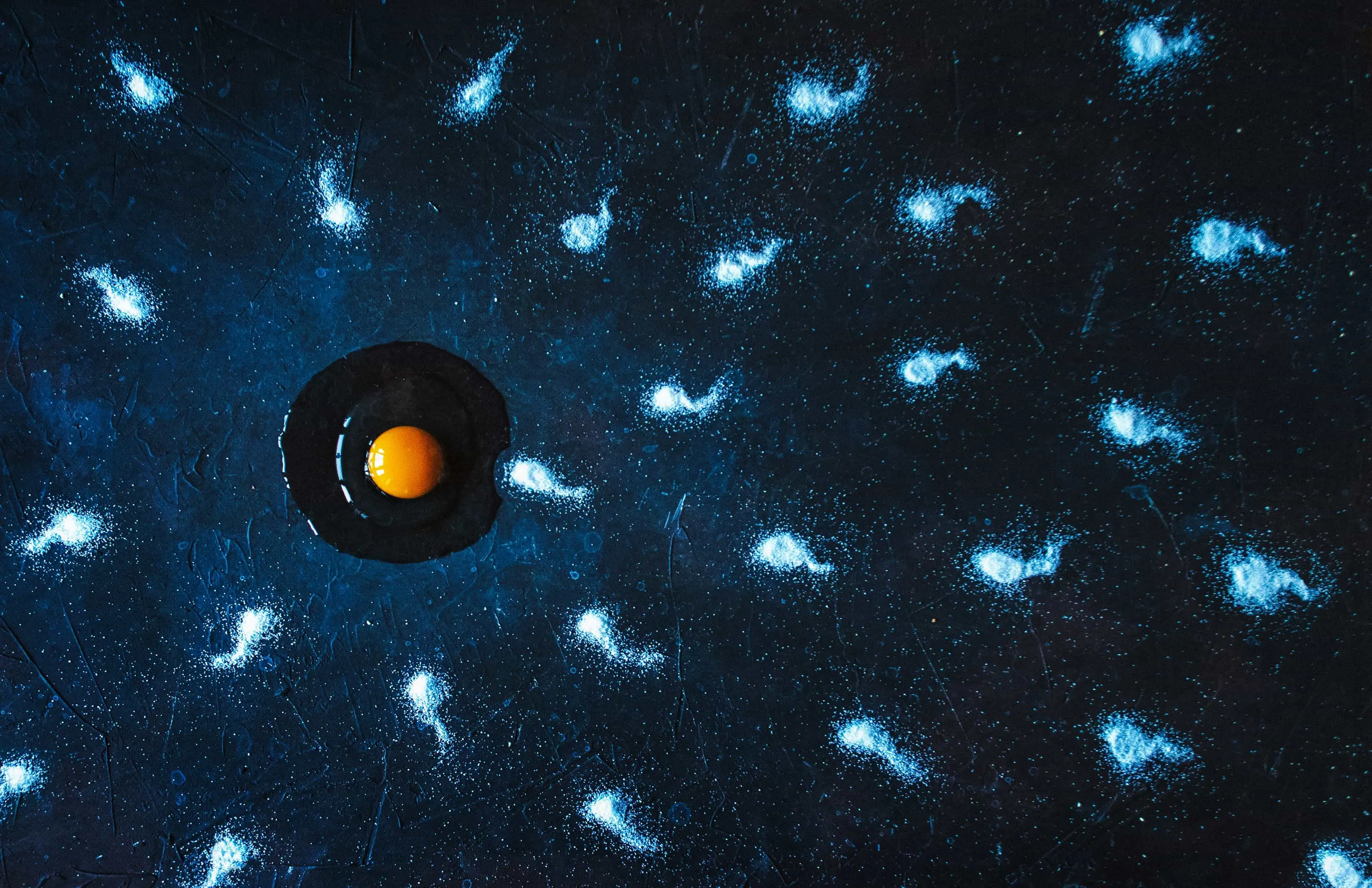Have you ever wondered how life begins? It all starts with fertilization, the magical moment when a sperm cell from a male meets and merges with an egg from a female to create a new organism. But behind this miracle of life, there’s a complex process that scientists are only now beginning to fully understand.
A new study published in Cell has uncovered a crucial piece of this puzzle. Researchers have discovered a protein complex on sperm that plays a key role in binding a sperm to an egg, a process that is essential for fertilization to happen. This breakthrough may hold important implications for understanding fertility and could even help those struggling with infertility.
The Challenge of Fertilization: How Do Sperm and Eggs Find Each Other?
For a long time, scientists knew that sperm and eggs must recognize, bind to, and fuse with one another to create a new life. They’ve identified a few key proteins that are important for this interaction, but many details of how the process works remained unknown - until now.
Researchers from the Vienna BioCenter in Austria, along with collaborators from around the world, set out to uncover the full story. Using cutting-edge technology to predict how proteins interact, they made a remarkable discovery: a three-protein complex on sperm that binds to proteins on the egg during fertilization. Without this complex, the sperm wouldn’t be able to recognize or fuse with the egg, making fertilization impossible.
Meet the Stars: Izumo1, Spaca6, and Tmem81
The newly discovered protein complex consists of three proteins: Izumo1, Spaca6, and Tmem81. While scientists already knew about Izumo1 and Spaca6 from previous studies, Tmem81 is a brand-new player in the game of fertilization. This protein was identified by using an advanced artificial intelligence tool called AlphaFold, which can predict how proteins fold and interact with one another.
The researchers showed that Tmem81 is essential for male fertility in animals like zebrafish and mice. When they removed this protein in male animals using genetic editing tools, the males became completely infertile. Their sperm could no longer bind to the egg, stopping the fertilization process before it could even begin.
Why Is This Protein Complex So Important?
This complex of three proteins forms a bridge between the sperm and the egg. It allows sperm to recognize, bind to, and ultimately fuse with the egg to begin the process of forming a new life. But here’s what’s even more fascinating: while the sperm proteins are conserved (they’re similar across many species), the proteins on the egg side are different depending on the species.
In fish like zebrafish, the sperm binds to an egg protein called Bouncer, while in mammals like humans, it binds to a different protein called JUNO. This means that while different species may use slightly different proteins, the overall process of fertilization is quite similar. The sperm proteins have been conserved throughout evolution, meaning they’re vital to the fertilization process across different animals.
A New Hope for Understanding and Treating Infertility
This discovery is more than just a fascinating insight into how fertilization works - it could also have big implications for human fertility. By understanding the proteins that are crucial for fertilization, scientists may be able to develop new treatments for couples who are struggling to conceive.
For example, if these proteins are found to be malfunctioning or missing in some cases of infertility, treatments could be developed to replace or fix them. It might also open new doors for contraceptives by finding ways to block these interactions and prevent unwanted pregnancies.
What’s Next?
While this discovery is exciting, there are still many questions to answer. How exactly does this protein complex work? What other proteins are involved in this delicate dance between sperm and egg? And most importantly, can this knowledge be translated into treatments for human infertility?
The researchers are already planning follow-up studies to dive deeper into these questions. They also hope to explore whether similar protein complexes exist in other species and how these findings could be applied in medical research.
The Bigger Picture: Conserving Life Across Species
One of the most remarkable aspects of this study is that it shows just how much life is connected. The sperm protein complex discovered in this study is conserved across vertebrates - meaning that many different species, from fish to humans, rely on a similar set of proteins to reproduce. This highlights the incredible way evolution has shaped life on Earth, keeping key biological processes intact across millions of years.
In short, this study provides a new understanding of how sperm and eggs meet and merge to create life. It shines a light on the complex molecular mechanisms that are vital for reproduction, offering new hope for understanding and treating infertility. As science uncovers more about the mysteries of life, the future of fertility research looks brighter than ever.


